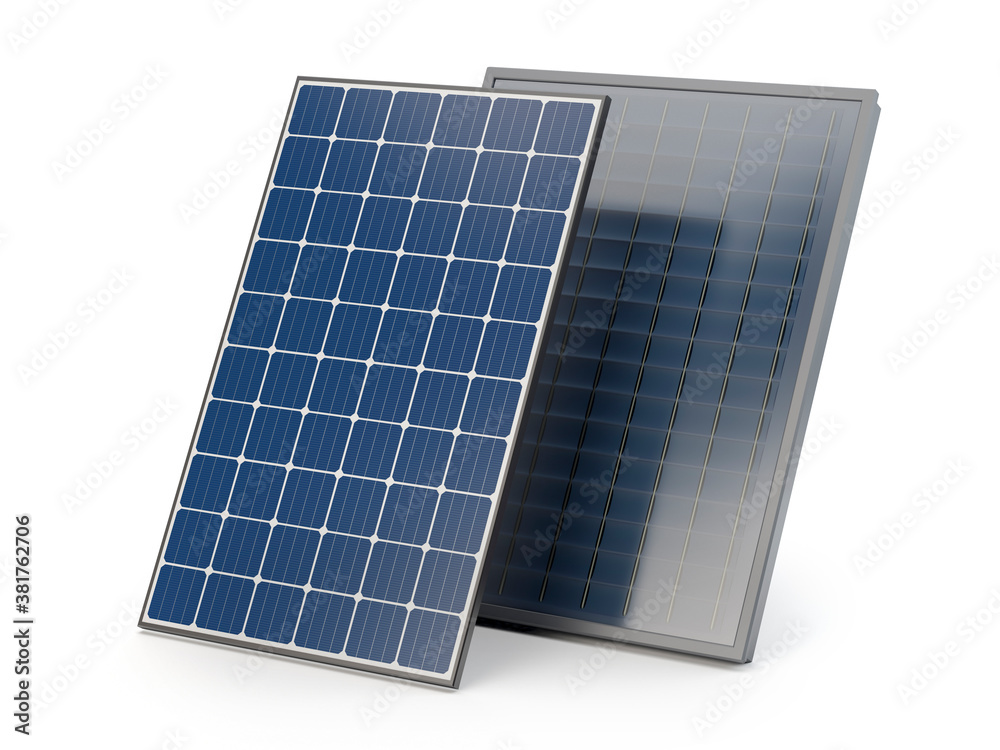In a significant breakthrough, researchers have developed an innovative light-harvesting material that could revolutionize solar energy technology. This new material promises to enhance the efficiency of solar panels, making renewable energy more accessible and sustainable.
The Challenge of Solar Energy
Solar energy is a leading contender in the quest for clean, renewable power. However, one of the main challenges has been improving the efficiency of solar panels. Current technologies often fall short in capturing and converting the full spectrum of sunlight into usable energy.
The Breakthrough Material
Researchers have designed a novel light-harvesting material that addresses this challenge. This material can absorb a broader range of wavelengths from the solar spectrum, significantly boosting the efficiency of solar panels.
- Broad Spectrum Absorption: The new material excels at capturing light across a wide range of wavelengths, including those that conventional materials miss. This broad absorption capability means more sunlight can be converted into electricity.
- Enhanced Efficiency: By increasing the range of absorbed light, the material can potentially improve the overall efficiency of solar panels by a substantial margin. This leap in efficiency is crucial for making solar energy more competitive with traditional energy sources.
- Innovative Design: The material’s unique molecular structure allows it to harness light more effectively. This innovation represents a significant advancement in the field of materials science and renewable energy technology.
Implications for Solar Energy
The development of this novel light-harvesting material has profound implications for the future of solar energy:
- Cost-Effective Solutions: Higher efficiency means that fewer solar panels are needed to produce the same amount of energy, reducing costs for both manufacturers and consumers.
- Sustainable Energy Production: More efficient solar panels contribute to a reduction in greenhouse gas emissions, as they rely on a renewable energy source that does not deplete natural resources.
- Wider Adoption: Improved efficiency and cost-effectiveness can accelerate the adoption of solar energy technologies worldwide, helping to meet global energy demands sustainably.
Future Prospects
The breakthrough material is still in the research and development phase, but its potential is immense. Future research will focus on optimizing the material for large-scale production and integrating it into existing solar technologies. Additionally, researchers are exploring its applications beyond solar panels, such as in photovoltaic devices and light sensors.
Conclusion
The development of a novel light-harvesting material marks a significant step forward in the quest for efficient solar energy. By broadening the range of absorbed light and enhancing overall efficiency, this innovation promises to make solar power more viable and accessible. As research progresses, we can look forward to a future where renewable energy solutions like this play a central role in addressing the world’s energy challenges.
Image by Sebastian Ganso from Pixabay








